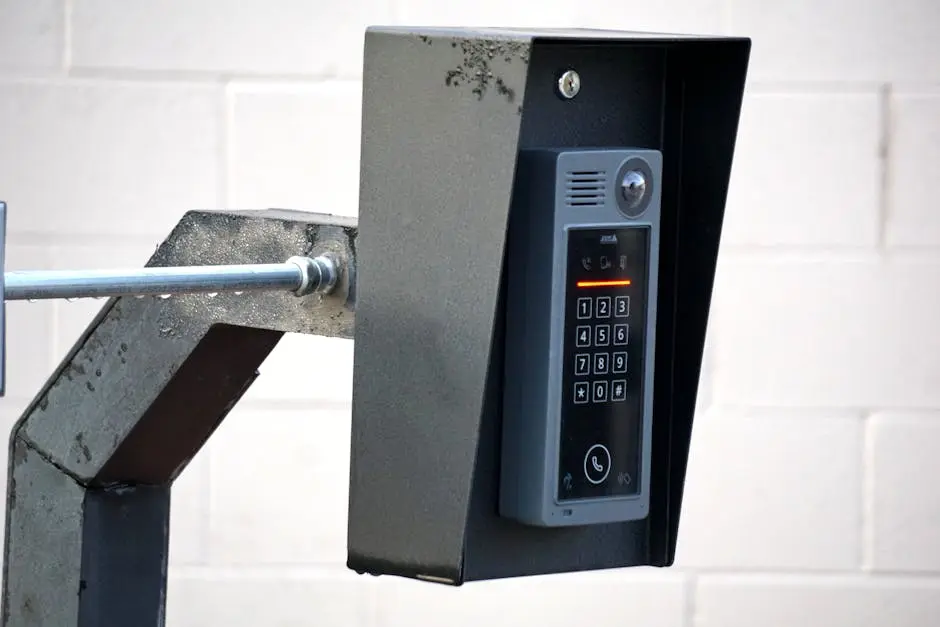Thinking about boosting the security and convenience of your building with an intercom system? While many might assume that this is only an option for new constructions, intercom installation can indeed be accomplished in existing buildings. In this FAQ, we’ll break down the process and what you need to consider.
Assessing the Current Infrastructure
To start, you need to evaluate your building’s current setup. Determine if there are existing wiring routes or if wireless options might be necessary. Understanding your building’s electrical and structural layout is essential to prepare for a successful installation.
The first step is to perform a thorough inspection of the building’s infrastructure. Older buildings may have outdated electrical systems that need to be updated to support modern technologies. Professional assessment of wiring routes and compatibility is vital to determine the best approach for integration.
If your building lacks suitable wiring for a traditional intercom system, consider opting for a wireless solution. Wireless intercom systems offer flexibility and can be an ideal choice for structures where running new cables isn’t feasible.
Choosing the Right Intercom System
There are various systems available, from audio-only to video intercoms, and even smart systems that integrate with mobile devices. Consider your building’s needs and the budget when selecting the most suitable system.
Smart intercom systems can enhance security by providing remote access and monitoring features. If your building prioritizes security, investing in a video intercom with mobile integration might be the best option.
Budget constraints don’t have to limit your options. Audio-only systems are cost-effective and provide basic functionality. Once your budget allows, upgrading to more advanced systems can be easily managed.
Consider future-proofing your investment by choosing systems that allow for integration with other smart building technologies. This adaptability ensures you can add functionality over time as needed.
Hiring Professional Installers
A professional installation team will ensure that the system is installed correctly and efficiently. Search for experienced technicians familiar with retrofitting intercoms into existing structures to get the best results.
Professional installation reduces the risk of errors that could cause malfunctions. Employing specialists guarantees not just correct but also aesthetically pleasing installation with minimal intrusion.
Evaluate installer credentials carefully. Qualified professionals will provide guidance on system configuration, placement, and optimal performance tailored to your specific building.
Planning for Potential Challenges
Older buildings may present unique challenges, such as outdated wiring or limited access points. Anticipate these issues by working with professionals who can provide solutions such as using wireless systems or upgrading infrastructure.
In buildings with architectural restrictions, advanced wireless intercom systems can bypass the limitations of physical wiring. These systems can be integrated into existing network infrastructure, providing a seamless communication solution without major renovations.
Testing and Maintenance
Once installed, thorough testing of the system ensures everything is functioning correctly. Regular maintenance and updates will keep your intercom system operating smoothly for years to come.
Don’t overlook the importance of continual system checks and updates. Scheduling periodic maintenance at regular intervals helps in identifying and rectifying issues before they escalate into bigger problems.
A robust maintenance plan will extend the lifespan of your intercom system. It ensures that your investment remains protected and continues to meet the growing demands of your occupants or business operations.
Bringing Modern Communication to Your Building
Intercom installation in existing buildings is entirely feasible and can significantly improve both security and convenience. By assessing your building’s current infrastructure, understanding system options, and hiring experienced professionals, you can ensure a smooth installation process and enjoy the benefits of modern communication technology.


